





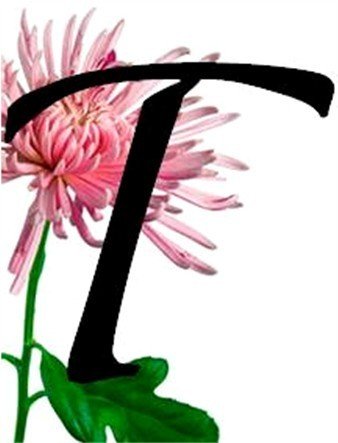
he mum's huge popularity at this time of year is due to many factors. An obvious one is that most mum varieties flower profusely during the fall months when not many other showy perennials are in bloom. The flowers are also valued because they come in many different colors--white, golden, bronze, orange, pink, red, purple, and violet. And the blooms last for weeks and weeks.
A Bit of HistoryThe earliest record of mum cultivation appears in China, where it is described in writings as early as the 15th Century B.C. The earliest illustrations of mums show them as small, yellow, daisy-like flowers. Chinese pottery of that era is often decorated with depictions of mum flowers.
Chrysanthemums are loved all over the world. The Chinese treasure not only the flowers, but use the leaves as a cure for headache, find them delicious in a salad, and use both leaves and flowers to brew a refreshing, festive tea. In Japan, a single chrysanthemum serves as the crest and official seal of the Emperor. The Japanese celebrate their ancient Festival of Happiness by designating the ninth day of the ninth month as National Chrysanthemum Day. In the U.S., chrysanthemums are designated as the official flower of many cities, one of them being Chicago, and serve as the birth flower for November. They were introduced into the United States during the colonial era.
Flower Language
In the language of flowers, the mum communicates a number of different sentiments. Giving your partner red mums means simply, "I love you," while white mums say that your love is pure and enduring. But beware of receiving yellow ones! Their message is: "It's over. Goodbye!" In European countries like Austria, Belgium, and Spain, white mums carry quite a different message, being associated with death and thus often found at funerals.
Mums Today
Today's chrysanthemums come in many different varieties and are much more showy than their ancient relatives. They were once described variously (and to some degree still are) as "standard," "spider," "starburst," "football," and "spoon-ended." Because of their variable genetic make-up, we now have so many different flower forms that they have been classified into specific named types by the National Chrysanthemum Society (see sidebar at right)
How to Grow Them
Chrysanthemums are often divided into two basic groups: Garden Hardy and Exhibition. Garden hardy mums are perennials capable of wintering over in the ground in most northern gardening regions. Exhibition varieties are usually neither as sturdy nor as hardy.
When purchasing a mum plant for your garden, the first step should always be to determine whether it's hardy in your gardening zone. If you plan on buying those beautiful potted mums that come onto the market by the millions in fall, please be aware that they may not be hardy enough to survive the winter. Not only that, but planting them in your garden that late in the season will generally not give the plants a chance to establish themselves before the soil freezes. It's best to treat these mums as annuals.
Hardy mums are available in most of the flower forms listed by the National Chrysanthemum Society. Unfortunately, they may not be available at your favorite garden center in the spring, which is the best time to plant any mum. Here is where mail order catalogs and websites really shine. You'll generally have all the information you need about each plant right there in front of you. I try to purchase most of my plants locally to avoid the stresses of packing and shipping (as well as shipping charges), but this is one instance where it's wise to consider making an exception.
Once you've selected chrysanthemum varieties suitable for your area, be sure to follow up with the care they need. Here are some pointers that will help you grow healthy, floriferous plants:
•· Chrysanthemums grow well in a variety of soils so long as they are well-drained. They like a sunny position and the addition of organic material as well as fertilizer.
•· Mums are heavy feeders and should be fertilized monthly with 5-10-5, 5-10-10, or 5-20-20. After flower buds develop, fertilization should be stopped.
•· Chrysanthemums should be planted 18 to 36 inches apart depending on the mature size of the plant.
•· Mums have a tendency to get tall and leggy if they are not pinched. Beginning in May whenever a new shoot reaches 3 to 4 inches tall, it should be pinched off using the thumb and index finger, leaving two to three leaves on the shoot. It's a good idea to fertilize and pinch about once a month. Pinching will improve the plant's looks you've worked so hard to produce. Your pinching activities, then, must be balanced with the fact that you're in a race against time to get blooms before a hard frost: that's why it's so important to stop pinching at the right time, based on the cultivar you have. Stop pinching:
•· Chrysanthemums are susceptible to aphids, mites, and powdery mildew. In the outdoors, beneficial insects usually take care of aphids and mites. Powdery mildew may be reduced by maintaining good air circulation around plants.
•· After a hard frost kills your chrysanthemums, cut them back to the ground. Cover them with a light and airy mulch of straw, fluffy leaves, or evergreen branches. Constant wetness or ice are major concerns for chrysanthemums during winter. Mulch is needed, because frost heaving in poorly drained soil is the primary cause of winter death.
•· Chrysanthemums are short-day plants, which means they need lengthening nights to trigger bloom. In the garden, mother nature does that for us. In the cut flower and greenhouse industry, growers must shade the plants with a dense black cloth to get them to bloom out of season.
Propagation
You can propagate your mum plants by sowing seeds directly into the soil, by taking cuttings, or by dividing the root ball. Named varieties should always be propagated by taking cuttings or by root ball division, so that they will bloom true-to-type. Collecting and sowing seeds from these varieties may result in many interesting mums, but very few, if any, will be the same as the parent plant.
Growing Chrysanthemums from Seeds
If you would like to grow mums from seed and if you live in a region that gets frost during the winter, sow the seeds directly into the soil about two months before the first frost. Alternatively, you can sow and grow the mums indoors in pots during the winter months. Keep the soil temperature around 75 degrees F. Use a heated propagation mat if you need to. The seeds will germinate in two to three weeks. Wait at least five weeks before relocating plantlets outdoors, so that the roots have time to become well-established.
Growing Chrysanthemums from Stem Cuttings
The best time to take a cutting is after the parent plant is about 12 to 18 inches in length. Cut off a four-to-six-inch piece of stem just below a leaf. Dip the bottom end of the cut stem in rooting hormone (gently shaking off excess powder) and insert the base of the stem about one inch deep into peat moss, perlite, vermiculite, coarse sand, or a commercial rooting medium. To help the cutting survive until it starts rooting, cover the container with a clear plastic bag. If the bag collapses onto the cuttings, push a pencil into the rooting medium in the middle of the container to support the bag. Locate the container in a space that receives bright light but no direct sun. Plant cuttings outdoors after roots are well developed, a process that usually takes about four weeks.
Dividing Chrysanthemums
Mums should be divided every three to five years in order to avoid overcrowding and to encourage the plants produce a large number of flowers. Spring is the best time to divide plants, just as new growth begins to appear. Dig the entire clump and divide it with a sharp, clean knife or spade. Remove any dead or diseased parts of the plant. Plant the divisions as soon as possible in a well drained, rich soil. You'll find that the divisions grow much faster than the old clumps did.
As you can tell from my comments, mums are not the easiest perennials to grow well. But for me and for many other gardeners, such beauty at the end of the growing season is well worth the effort.
___________________________________________________
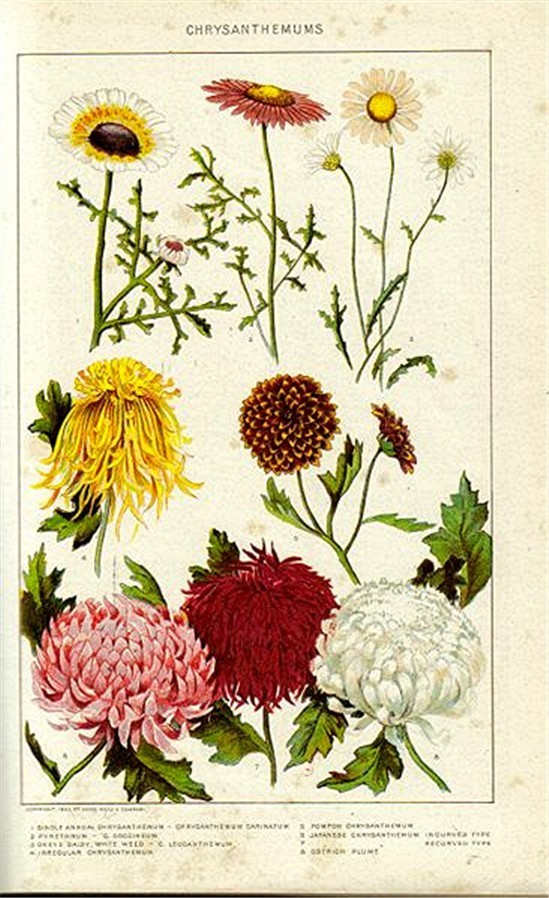
The painting at left depicts chrysanthemum flower types known at the beginning of the 20th Century. The image appeared in the 1901 edition of the New Interantional Encyclopedia, published by Dodd, Mead and Company.
All images in this article are courtesy of Wikimedia.
Questions? Comments? Please use the form below. I enjoy hearing from my readers!
© Larry Rettig 2010
__________________________________________________________
National Chrysanthemum Society
Classifications
Class 1: Irregular Incurve
These are the giant blooms of the chrysanthemum genus. The florets (petals) loosely incurve and make fully closed centers. The lower florets present an irregular appearance and may give a skirted effect.
Class 2: Reflex
The florets in this class curve downward and overlap, similar to bird plumage. The tops of these blooms are full, but somewhat flattened.
Class 3: Regular Incurve
This is a true globular bloom equal in breadth and depth. The florets smoothly incurve and form a ball.
Class 4: Decorative
The bloom is flattened with short petals. As in classes 1-3, the center disk should not be visible. The upper florets tend to incurve, but the lower petals generally reflex.
Class 5: Intermediate Incurve
This bloom class is smaller than the irregular incurve, with shorter florets, only partially incurving with full centers, but giving a more open appearance. Many of the popular commercial incurving types are in this intermediate class.
Class 6: Pompon
This is a small globular bloom, somewhat flat when young but fully round when mature. Size ranges from small button types to large disbudded blooms almost 4 inches in diameter. The florets incurve or reflex in a regular manner and fully conceal the center.
Class 7: Single and Semi-Double
The daisy-like flower has a center disk and one or more rows of ray florets.
Class 8: Anemone
These blooms are similar to the semi-doubles, but have a raised cushion-like center.
Class 9: Spoon
This flower is essentially the same as the semi-double, except the ray florets are like spoons at the tips. The center disk is round and visible.
Class 10: Quill
The florets in this Class are straight and tubular with open tips. The bloom is fully double with no open center.
Class 11: Spider
Spiders have long tubular ray florets which may coil or hook at the ends. The florets may be very fine to course.
Class 12 Brush or Thistle
Fine tubular florets grow parallel to the stem and resemble an artist's paint brushes or in the thistle form the florets are flattened, twisted and dropping.
Class 13 Unclassified
This is a catchall for those blooms that fit in none of the other classes. They are often exotic, with twisted florets. They may also exhibit characteristics of more than one bloom class.
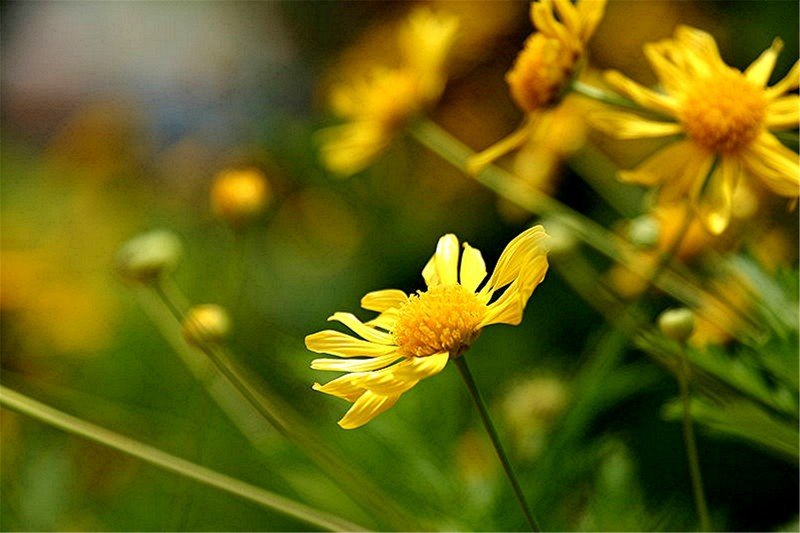
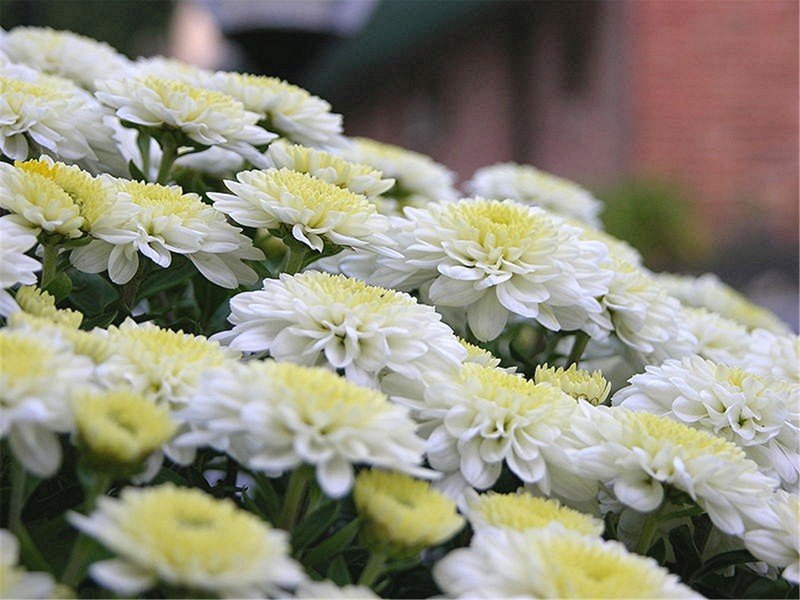
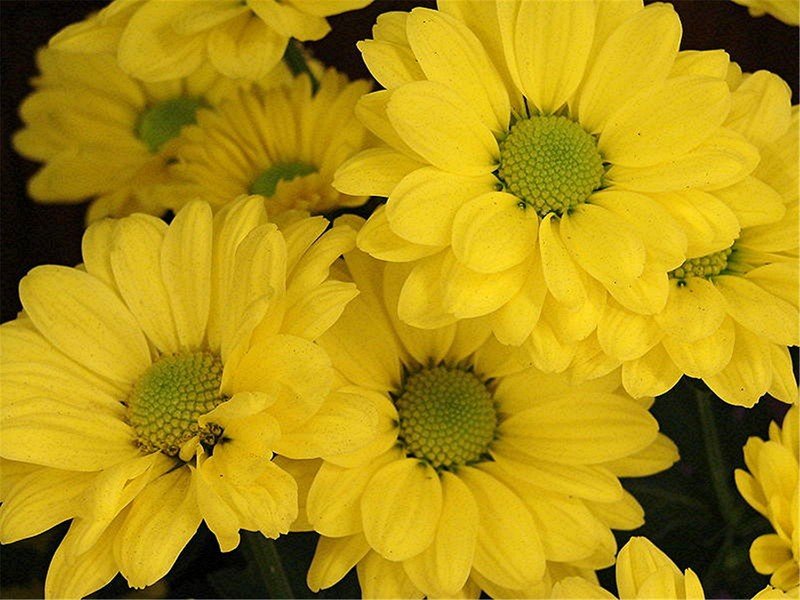
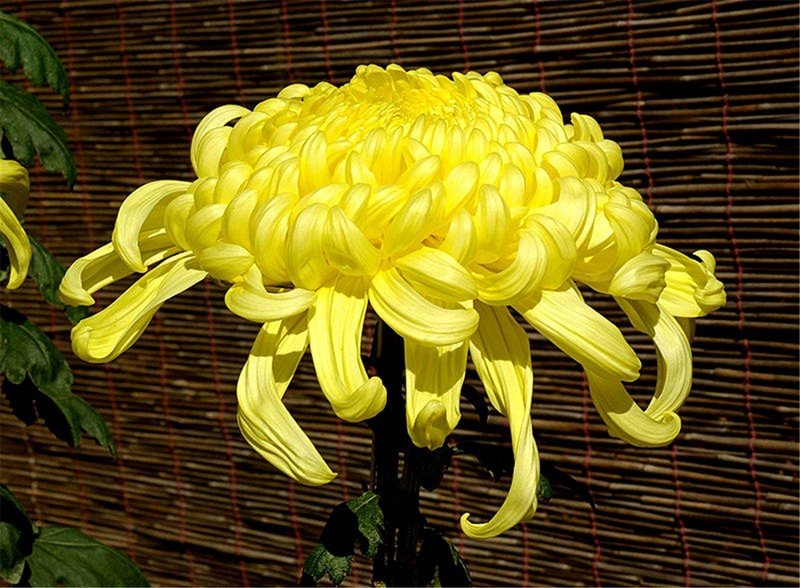

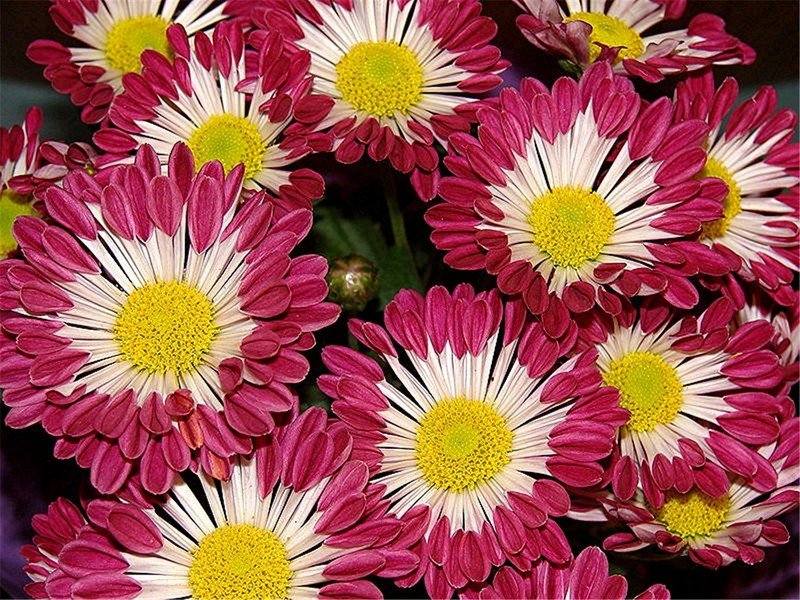
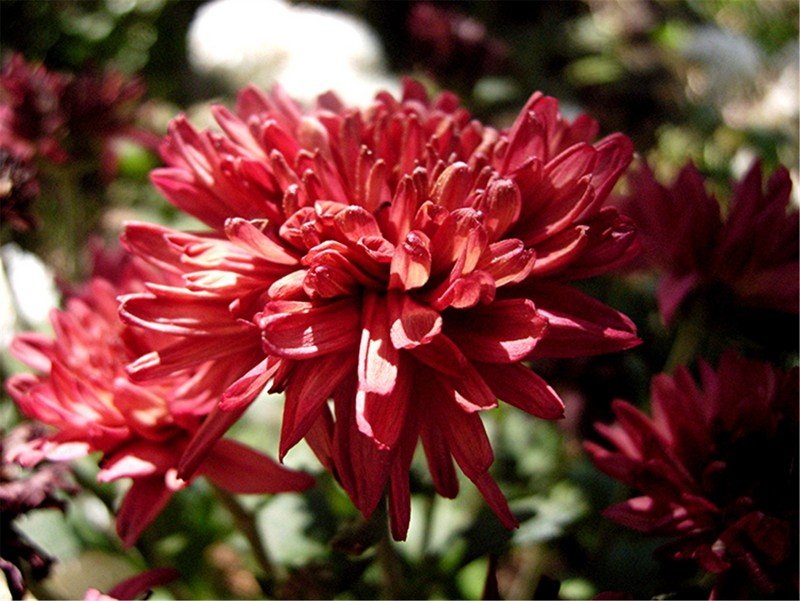
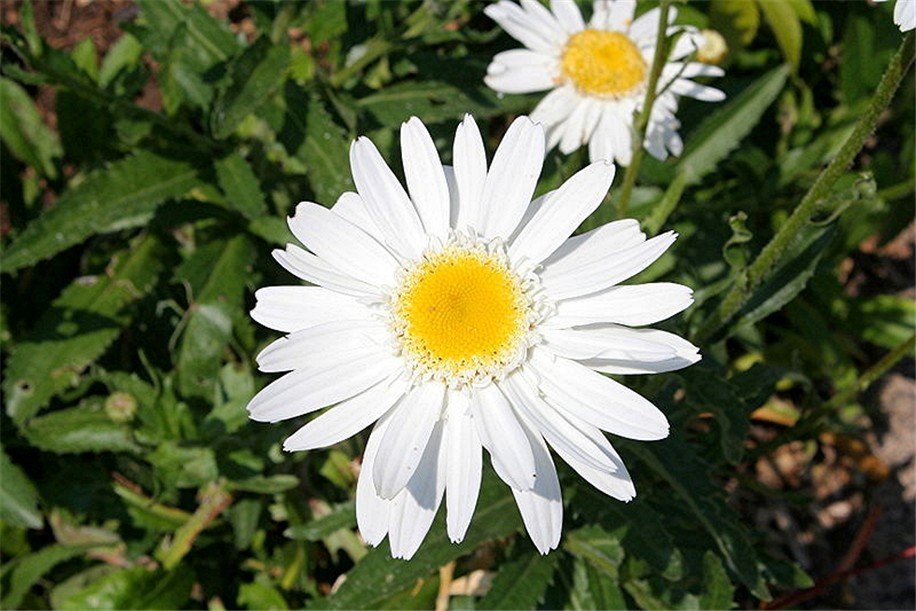
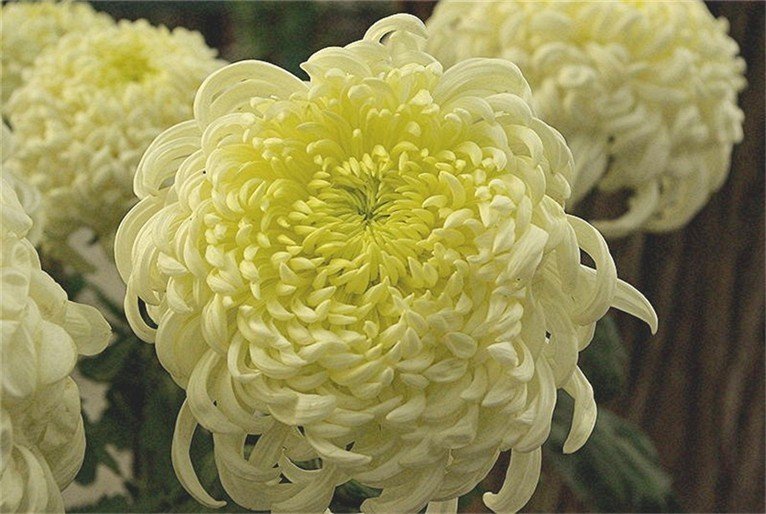
Copyright © www.100flowers.win Botanic Garden All Rights Reserved